My last-but-one article for Montsame News Agency was published in last Friday’s issue of the ‘Mongol Messenger’ newspaper. My final article for the agency is about the National University of Mongolia and will be published in the magazine that comes out in June.
It can be read here: NUM
Tomorrow I leave Mongolia to come back to England, so this may be the last post on this blog, although I might put up a little slideshow of photos in a few days time. For now, here are my thoughts on the city of Ulaanbaatar, which I am surely going to miss.

ULAANBAATAR THROUGH THE EYES OF A FOREIGNER
Expectations Vs. Reality: When I applied for a Projects Abroad internship in Ulaanbaatar, I had no idea what to expect. Booking my plane ticket felt like I was diving blindfolded off a precipice, and my apprehension was compounded by the reactions of my friends and family to the news. Some laughed, some almost choked, some even let out an involuntary gasp of horror. Everyone looked bewildered. “Mongolia?” they would squeel, “Why on earth are you going to Mongolia?” The notion that I would willingly leave Somerset to travel 4,380 miles to what they believed to be a frozen wasteland was completely unfathomable to them. Some refused to believe it entirely, writing ‘good luck’ messages for my trip to Samoa or Thailand. Others tried to convince me that I had embarked on a suicide mission and that I was inevitably going to be kidnapped and exchanged for a yak on the Mongolian steppes. One person even tried to convince me that the Mongolians were cannibals.
But whatever my expectations of Mongolia were, they were demolished within seconds of touching down at Chinggis Khaan Airport. Here I was met by Zulaa, whose big smile made it known to me that the Mongolians are a nation of kind-hearted, sincere and hospitable people. I could not have anticipated the warm welcome I would receive from my host family and from my colleagues at work, who offered me sweets, tea and ‘buuz’ the minute I stepped through the door. (I also did not anticipate the efficiency of Mongolian central-heating systems, as is apparent from my suitcase plump with fur, fleece and thermals. As a consequence, I’ve sat in my apartment every evening feeling hot as a steamed dumpling). I have been humbled by people’s compassion and generosity, and impressed by the pride they demonstrate for their country and their values. All of my anxieties have been dispelled by the knowledge that the Mongolians do not wish to make a foreigner uncomfortable in their country, but to welcome them as a friend.
Comparing Mongolia with England: In some ways, Mongolia and England are not too dissimilar. The skylines of London and Ulaanbaatar are both dominated by glinting glass buildings, and certainly, the Blue Sky Tower bears some resemblance to London’s famous ‘Gherkin’. Also, both nations share a love for tea that is rivalled only by the love one feels for one’s closest family members. Arrive at the door of an English or Mongolian home, and a steaming cup of the brown elixir will be served to you within minutes.
But there the similarities end.
The snow-capped mountains of Mongolia are a far cry from England’s green hills, and certainly, you are unlikely to see soaring eagles in the skies over Derbyshire. You may spot a wren. A chaffinch if you are lucky. The seeming endlessness of the Mongolian countryside was what struck me the most upon arrival here (apart from the traffic, which struck me on the back of the leg as I crossed Peace Avenue). The steppes stretch for miles and miles until they blur into the blue sky they lie so magnificently beneath. Contrastingly, in England the land is divided by hedgerows, fences and country lanes, portioned up into squares of green like patches on a quilt. This is to describe the parts of England which actually are green, for England is a country of towns and cities to a much greater extent than Mongolia, owing of course to the difference in population size between the two countries. Which landscape do I prefer? The verdant valleys of England will forever be my home, but I think a space has opened in my heart for wild Mongolia. Its mountains will loom large in my memory for many years to come.
Of course, the apparent absence of any road rules in Ulaanbaatar was something I couldn’t fail to notice as soon as I arrived, when a car swerved spectacularly in front of us, blaring its horn and missing us by mere centimetres. This erratic swerving to the left and right is less common in England, with the exception perhaps of Swindon on a Friday night. Maybe it is because the English are a nation of people who will apologise profusely even if someone propels them sideways off a pavement that they stop their shuddering cars at the red lights regardless of whether there are pedestrians crossing or not.
Mongolian cuisine is also very different from the British food that I am used to. In England, chicken, steak and bacon is generally preferred to mutton, and the Mongolian ‘buuz’ which I was immediately treated to upon my arrival here was a novelty for me. My surprise at sampling what I thought to be a gherkin that turned out to be a tomato was quite considerable. Do I prefer English food? In actual fact, I do not. Mongolian food has a wholesomeness that you cannot really get from your beer-battered cod and chips, and a mug of warm Mongolian milk beats a cup of semi-skimmed any day.
One final and crucial comparison to make is that between Mongolian and British beds. Perhaps this is a gross generalisation, since I only slept on one bed in Mongolia, but they seem to be a lot harder than British beds. I realised this very soon after arriving at my host family’s apartment where I, an exhausted over-heating traveller laden with heavy luggage, plonked myself down on my new mattress, and in doing so, nearly broke my back in four places.
A newbie in UB: Of course I felt like a foreigner in Ulaanbaatar. I could hardly have looked more Western if I’d draped the Union Jack around my shoulders and launched into a stirring rendition of ‘Rule Britannia’, and everywhere I went I attracted attention. But most glances were of intrigue, not menace, and I’m sure that I too was guilty of a little staring. Feelings of vulnerability were only aroused when I thought about getting a bus or a taxi, which my hosts repeatedly warned me against, or when I visited one of the markets and was advised to hold onto my bag. Walking home late in the evening clutching a pillow was probably not the wisest idea, but I think I already mentioned the bed situation. I felt lost in any part of the city which wasn’t Chinggis Square, and Mongolian money baffled me — I looked painfully English at the bakery in my first week when I handed over two 20,000 Tugrik notes for a sandwich that only cost 6,000 T.
And I did miss England a little. I missed my family and friends for example, and my pet dog and cat. I could have stroked one of the dogs wandering around Ulaanbaatar, but I think this would have been inadvisable, resulting either in mange or the total loss of a forearm. I also missed the colour green. That’s not to say that there isn’t some green in Ulaanbaatar — the ‘Unitel’ sign for example is quite a brilliant lime. But I missed seeing trees bursting with leaves and fields covered in grass. In Ulaanbaatar, I felt like I was living inside a snowglobe — one that had been shaken very vigorously — for often I was walking around completely disorientated.
But my overall impression of the city was a positive one. The lighting-up of Chinggis Square ignited feelings of excitement in me to be in Mongolia, sharing incredible and happy moments with the beautiful Mongolian people. From the vibrant colours of the market-stalls to the pristine whiteness of the snow, from the wild roaring roads to the peaceful hill-top monasteries, Ulaanbaatar is a city which cannot fail to captivate a foreigner’s mind, and I’m glad that I came here.





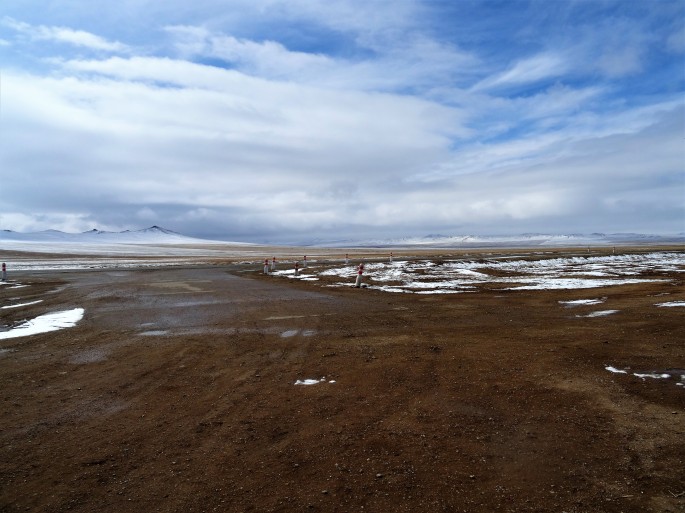





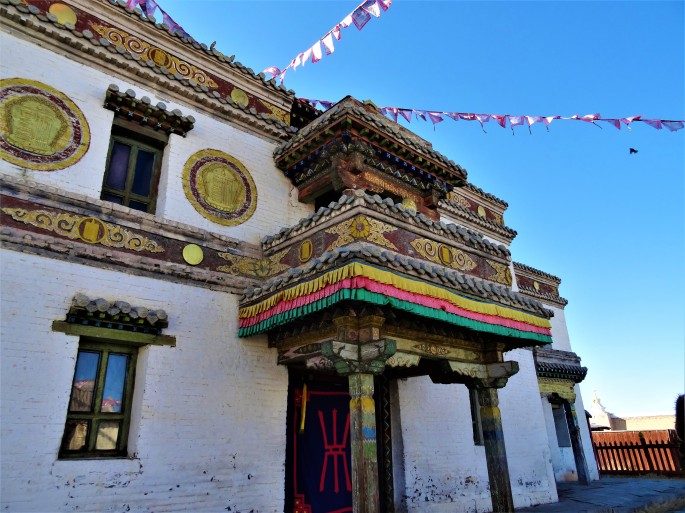
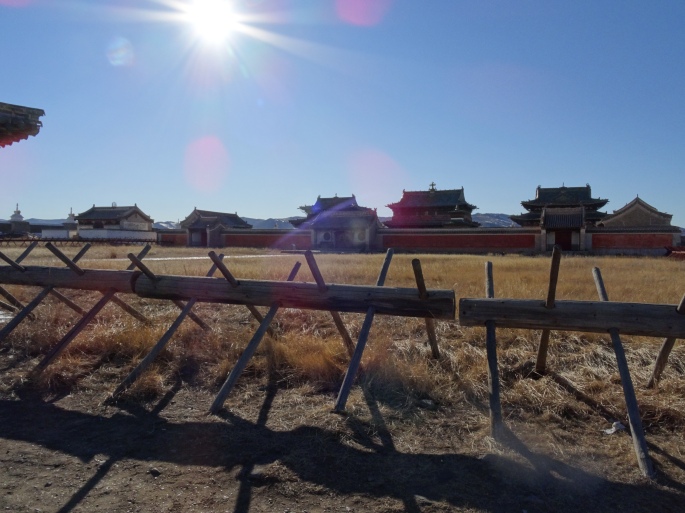
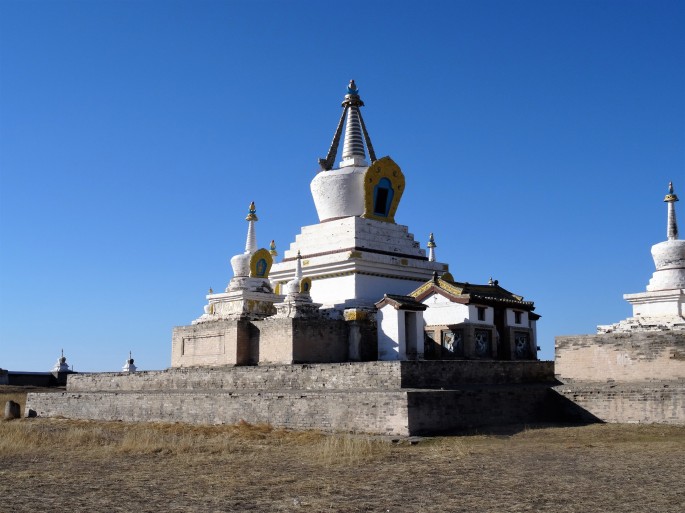








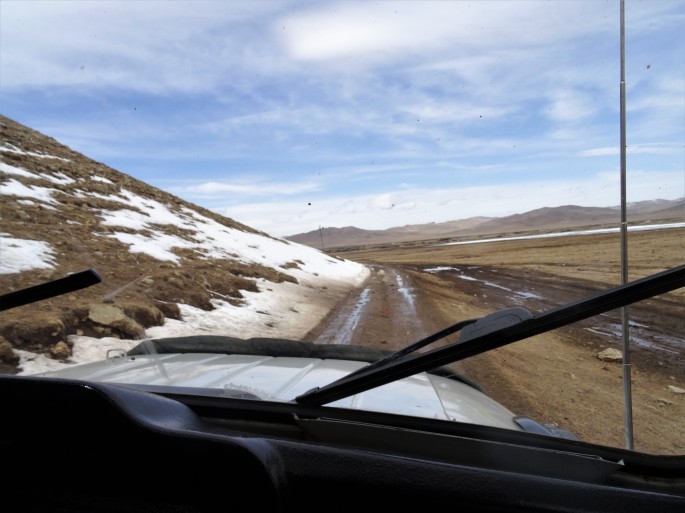





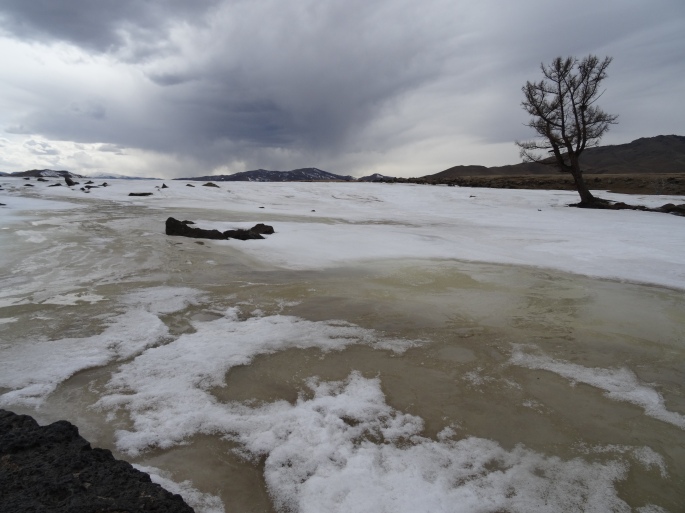
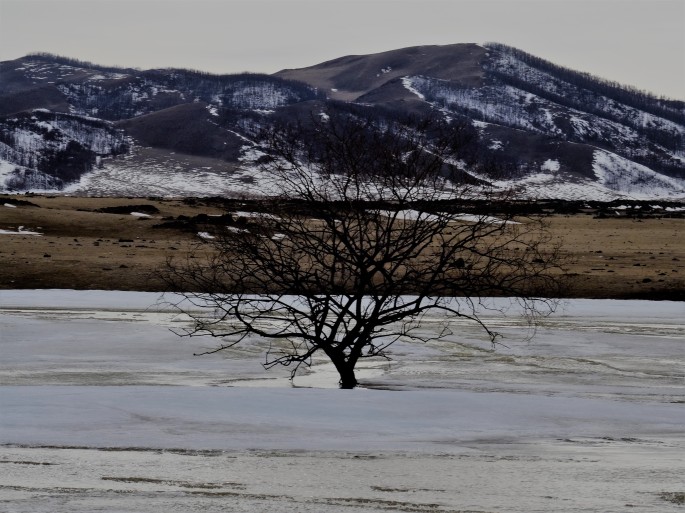 Here we stayed the night in a nomad family ger. Jordy put way too much wood on the fire, nearly burning us to a crisp and depleting the Mongolian population even further. The nomad (wearing pin stripe trousers and a golfing sweater) came out of his ger with a cigar between his teeth, laughing like some kind of Bond villain.
Here we stayed the night in a nomad family ger. Jordy put way too much wood on the fire, nearly burning us to a crisp and depleting the Mongolian population even further. The nomad (wearing pin stripe trousers and a golfing sweater) came out of his ger with a cigar between his teeth, laughing like some kind of Bond villain.













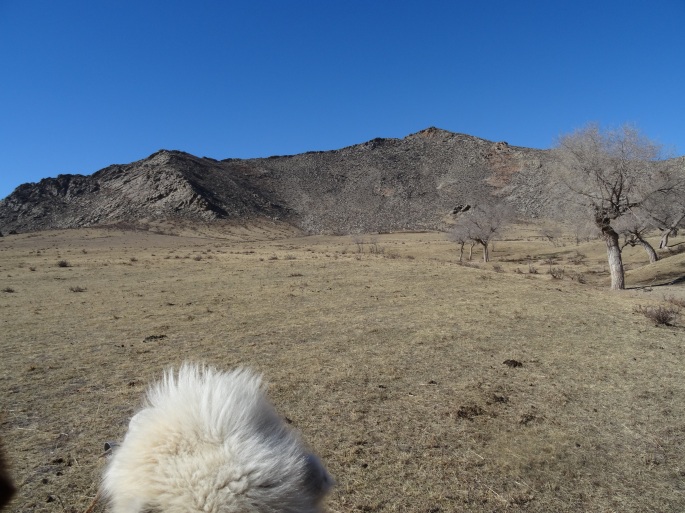

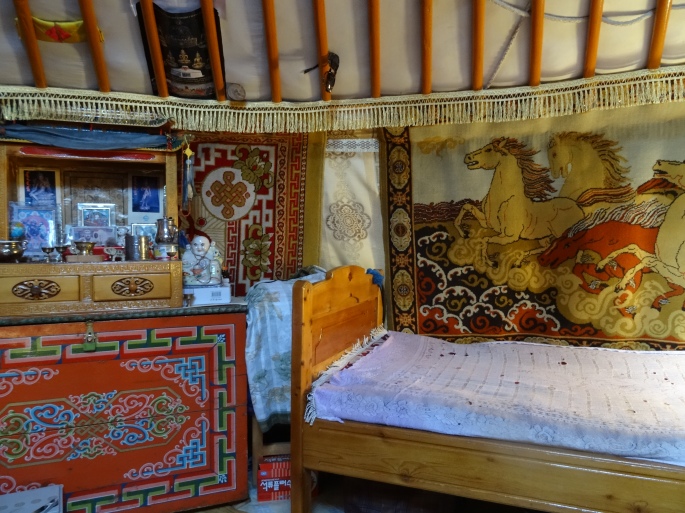
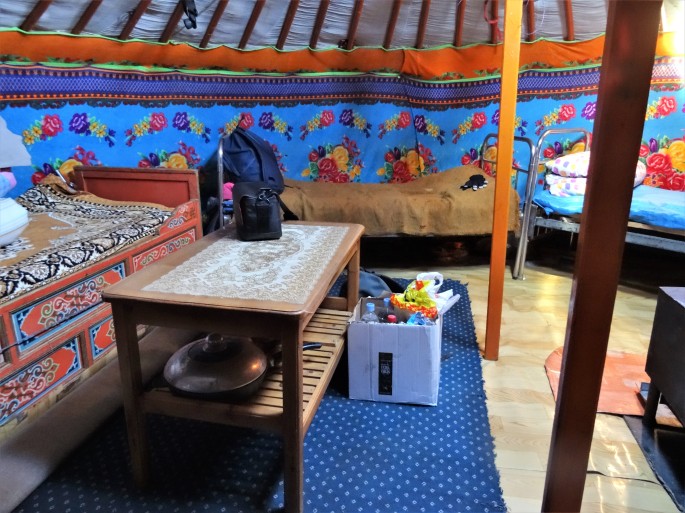















![DSCN4482[1]](https://blueskythinkingmongolia.files.wordpress.com/2017/03/dscn44821.jpg?w=685)










